
5 minute read
Expedition Earth
Isolated Introspection
By Samantha Accola | Photography by Ejaz Khan
Documenting the world’s most unreached creatures, Ejaz Khan takes wildlife photography to new extremes and discovers profound awareness along roads less traveled.

In the Moment, a musk ox in the Arctic Circle
With a storyline already set for action, Khan was born in Bombay (now Mumbai), India. His mother worked as a local hairdresser and his father, a filmmaker. “A lot of my time was spent on film sets during my younger days, where my love of photography was born,” he recalls. “There I learned the power of storytelling and drama, and gained an appreciation for cinematic flair.”

Integrity, wild horses in Saintes-Maries-de-la-Mer, France
Behind the camera, Khan saw the world through rose-colored lenses and the beauty of capturing a moment in time. At the age of eighteen, Khan dropped out of college and left the comfort of home for New York City, pursuing a small, still voice in his head that led him into the realm of fashion. As a young entrepreneur, his initial goal was to “design and create a pair of pants that would change colors on its own.” (Evolving his creative vision from fashion materials to film and photography, Khan still utilizes his ability “to control different colors.”) Once he arrived in the Big Apple, Khan gave way to another calling: capturing fashionistas for a range of magazines such as Vogue, ELLE, and Harper’s Bazaar.
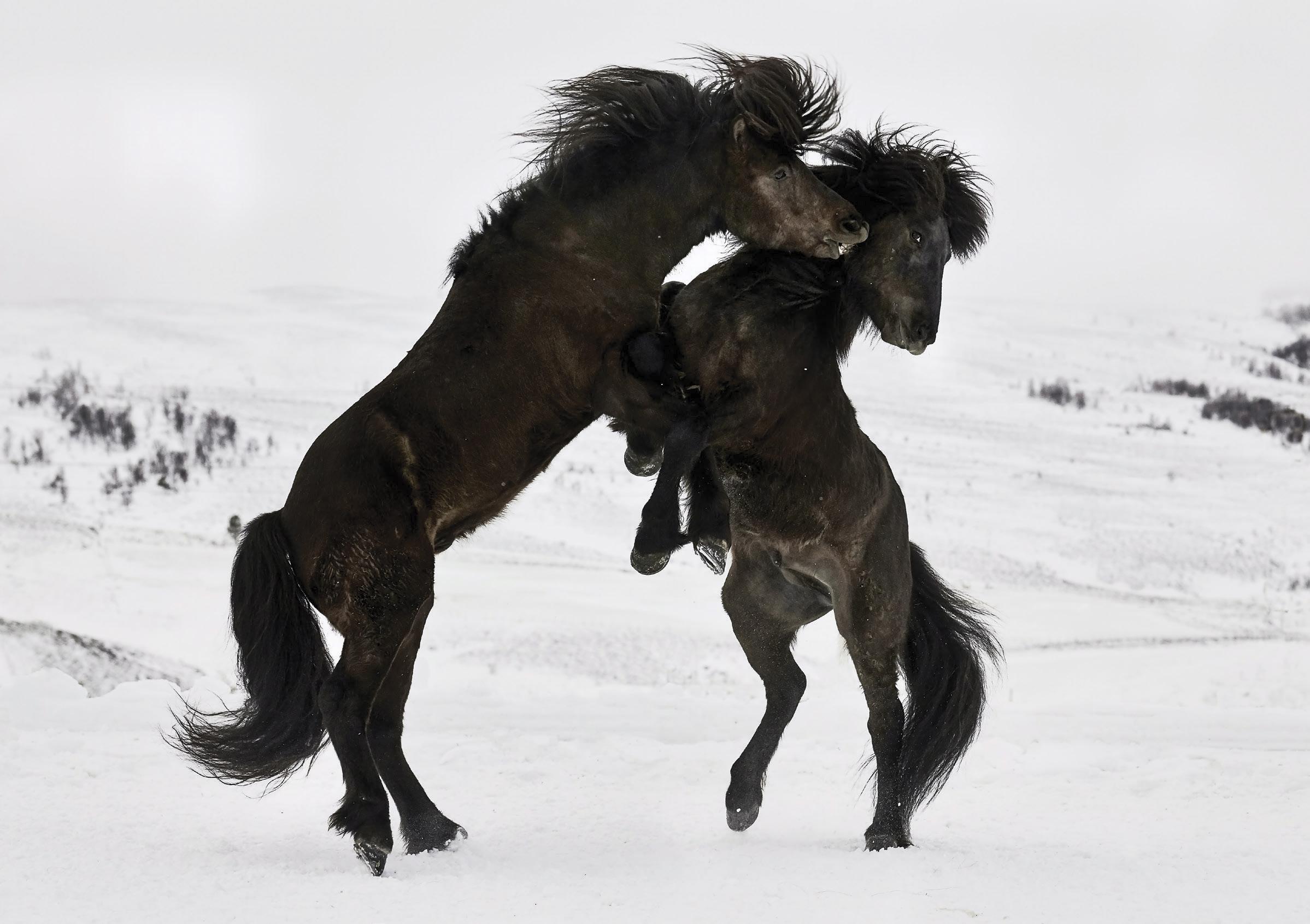
Amazing, two horses in action
Inspired by the outstanding work of John Shaw, one of America’s most prominent wildlife photographers, Khan used Shaw’s teachings and principles even in his fashion photography. Picturesque landscapes and rare animals filled Khan with wonder and so, pulling the plug on his fashion career of twenty-five years, he escaped the concrete jungle to “make people aware of the beauty of our planet and the impact of climate change on its inhabitants.” After traveling to some really remote corners of the earth and seeking the pure curiosity of the creatures most unfamiliar with humans, Khan says, “I have been fortunate to make myself one with nature and my surroundings.” He has photographed the majestic musk ox in Norway, pumas in the Chilean Andes, arctic wolves at the North Pole, brown bears in Alaska, and wild mustangs in the sprawling valleys of France. Khan’s passion for otherworldly discovery has always been fueled by a desire “to push the boundaries of human endurance.” Capturing the untamed through his lens is far less predictable and glamorous than the perfected shoots of human subjects, and wildlife’s breathtaking mystery leaves his soul uncaged.
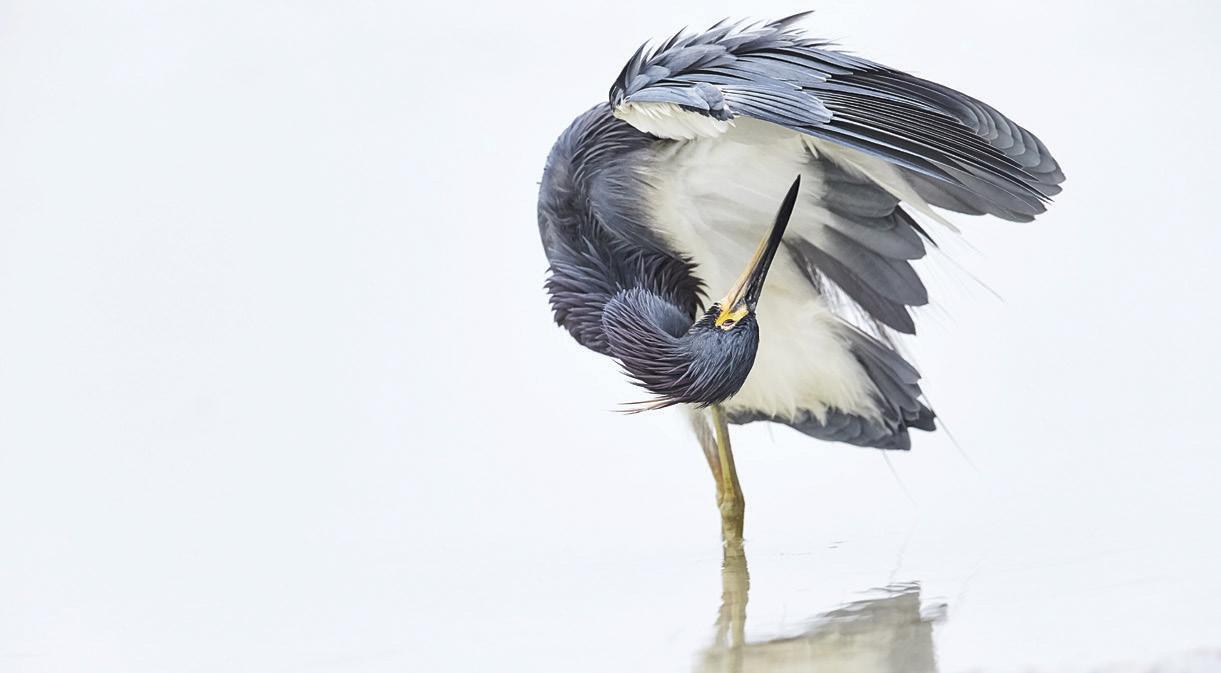
Always Be Yourself, a tricolored heron
Adventure beckoned Khan to northernmost Canada’s rugged terrain, where no American photographer had gone before to photograph the arctic wolf in all of its mythical glory. In Grise Fiord, a desolate hamlet with a population of just 132, Khan sought a new subject for his camera and left the experience intrinsically changed.

Why, photo of a wild mustang in France
Attempting to stalk the great stalkers, Khan found his road to discovery was far from paved. In fact, it wasn’t even plowed. Snowmobiling across untouched terra firma, Khan and his Inuit wolf tracker, Raymond, tirelessly trekked for eight hours toward their arctic destination. For the next seven days, the two pitched their tent in subzero temperatures. Khan admits, “The biting arctic cold was oppressive, and even six layers of warm clothing could not protect me from the elements of nature. Covered in polar bear–skin pants, I began to understand how the animal felt in its own natural habitat.” Defying Mother Nature’s cruel cold spell, the duo continued on, the hunt for the arctic white wolf warming their spirits like a Bronze Age bonfire.
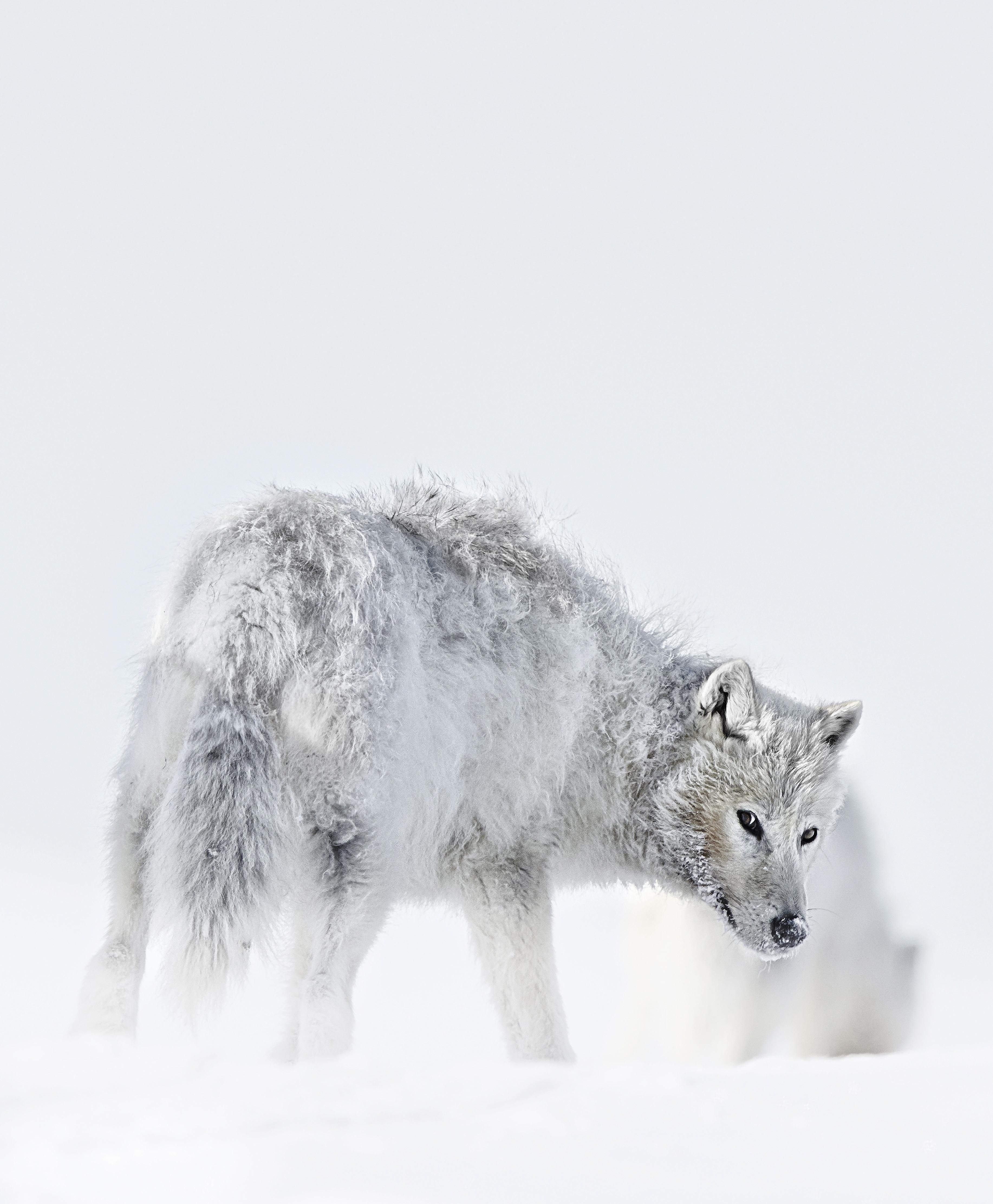
The Last Look, an Alaskan tundra wolf
For seven days, they saw not a single wolf. As the pounding silence of frozen tundra hummed on, Khan began to lose hope. “Sitting in mounds of snow for hours on end in total isolation brings home the stark reality of who you are and how insignificant a being the human is among God’s creations,” Khan recounts. Having faced all adversities one could imagine in a single week, Khan decided to call off the expedition on the seventh day. “I became delusional, like the protagonist, Pi Patel, in Yann Martel’s Life of Pi—seeing things in the freezing cold and loneliness, where the only solace was when I met my tracker at night after I returned for the day.” Khan describes how he felt “frustrated and broken within, that I was defeated not by the elements of nature alone but by the gremlins within my mind.” The globetrotter admits that the biggest challenge of wildlife photography is often himself. He adds that one must have a strong mind or risk the possibility of giving up.

Butting Heads, a moment captured in the Arctic Circle
On their somber trek back to civilization, an hour passed kicking powder in the polar desert before Khan noticed Raymond easing up on the gas. After seven months of planning, jet lag-inducing plane rides, surviving nights as a human icicle, and one double-take later, the reserved guide turned to Khan, smiling. The “impossible” happened as a pack of eight white arctic wolves brazenly walked up, stopping just ten feet away, challenging the foreign earthlings to a staring contest. Khan snatched his trusty Nikon camera, and for seven minutes (in heaven) he was able to observe the fablelike creatures up close and personal. “Then,” Khan reminisces, “just as they appeared, they walked away over the mountain.”
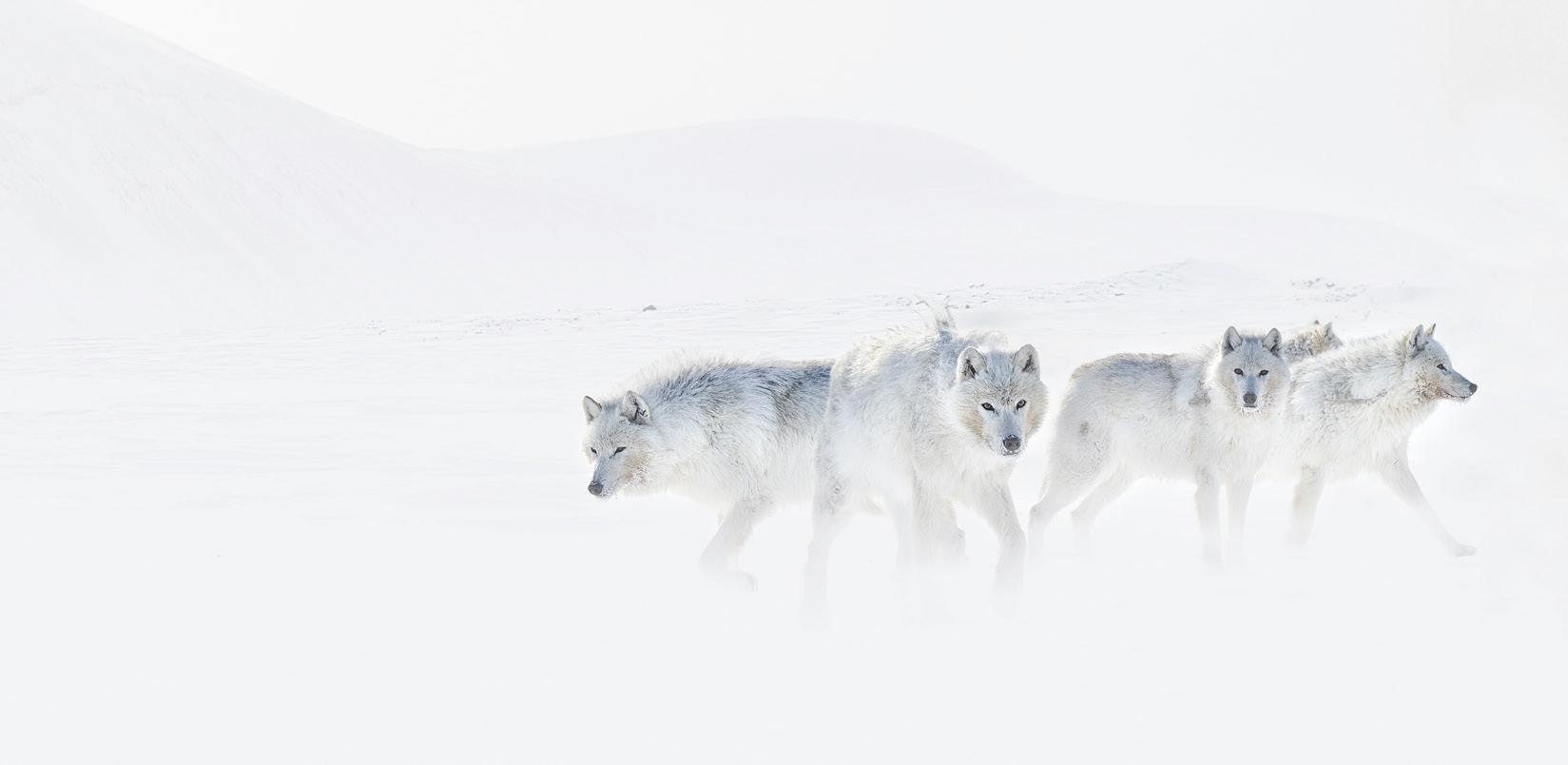
Satisfied, a pack of white wolves
Call it divine intervention or poetic justice, but Khan’s wildlife experiences have catapulted him to join the global mission for environmental reconciliation. From the southernmost point of Chile to the top of the Arctic Circle, Khan’s photographic storytelling encourages all to “bring forward the beauty of our world to inspire action.” He hosts wildlife photography exhibitions in a three-thousand-square-foot gallery located in the heart of Manhattan and actively seeks to aid organizations such as the Wolf Conservation Center, California Wolf Center, and World Animal Protection.
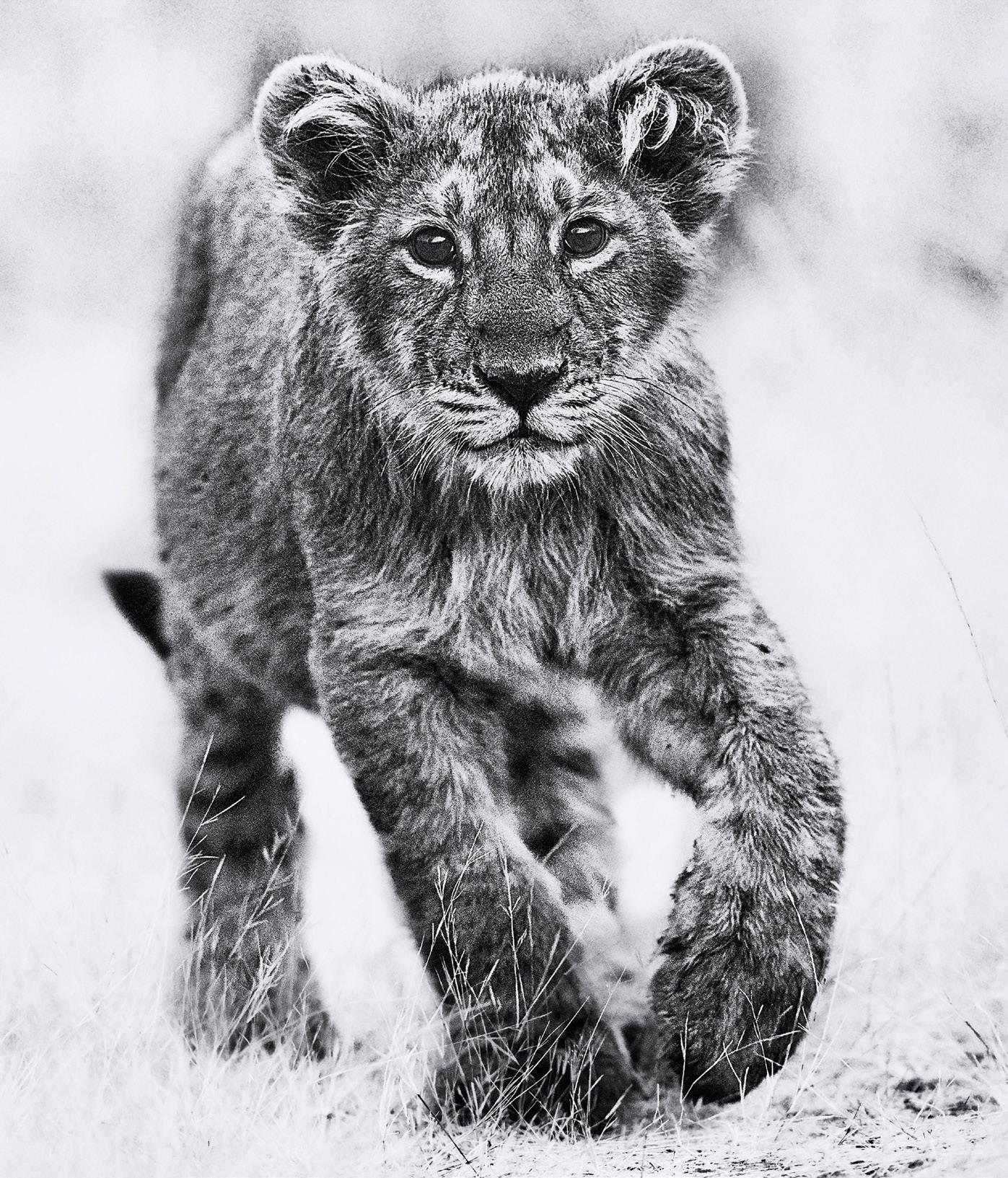
The Lion Cub, taken in western India
Ejaz Khan’s story and photographs inspire a legacy of protection and pride for the land that we call home and the creatures who share it with us.
With just one glimpse of the wild, we too can be changed.
For wildlife prints, educational resources, and inspiration, visit EjazKhanEarth.com.

